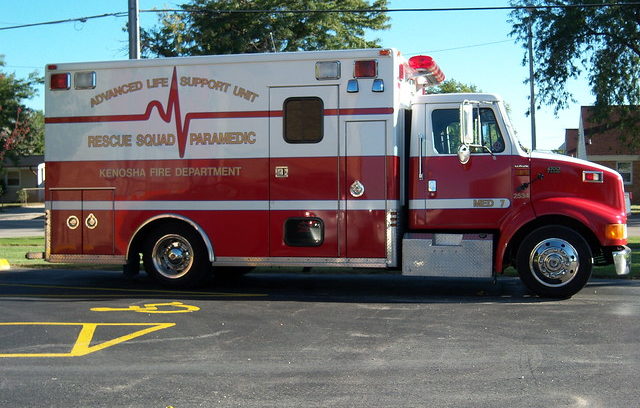Editor’s note: This is part of an ongoing series highlighting the local impact of Trump’s policies in key counties in MI, PA, WI, and FL.
Over an 18 year period, Kenosha County, Wisconsin ranked first in the state for heroin-related deaths and fourth for deaths stemmed from opioid addiction. In 2017, the crisis took a turn for the worse: opioid overdose became the leading cause of accidental death in Kenosha County, with more than 50 people dying per year.
The escalating crisis, particularly in pockets of the Midwest, is leaving some to question whether or not the Trump Administration is taking the situation seriously and providing necessary resources to combat the epidemic. At the root of the criticism is a $1.5 trillion budget cut that could negatively impact programs many lower-income Americans rely on in order to treat addiction.
Many residents in Kenosha County, specifically, rely on Medicaid to cover the cost of local treatment programs and Vivitrol, a non-addictive drug that helps curb withdrawal symptoms, which can cost as much as $1,000 a dose. But according to according to a review by the American Ledger, that vital funding for Medicaid could be in jeopardy.
The White House’s 2020 budget proposed cutting Medicaid by $1.5 trillion over 10 years, and instead proposed allocating $1.2 trillion into a new state block grant program. If implemented, this reallocation could significantly decrease the amount of coverage received by those currently enrolled in the program.
More pointedly, while in office, Trump has frequently touted his success in fighting the opioid epidemic, citing “results that are unbelievable.” But beyond his proposed cuts to Medicaid, his record is at best checkered with controversy and half-measures. The Trump Administration has not committed to extending grants to address the crisis – $3.3 billion approved with bipartisan support – past next year.
After assuming office, instead of declaring the opioid epidemic a “national emergency,” Trump declared the crisis a “public health emergency” — a move that does not provide any additional funding to combat it.
The president later appointed a 24-year-old with no drug policy experience to help lead the Office of National Drug Control Policy (ONDCP), which coordinates the federal government’s anti-drug initiatives, and repeatedly attempted to cut the office’s funding by 95%.
Trump also nominated Rep. Tom Marino (R-Pa.) to lead the ONDCP, who received a hefty $100,000 in campaign contributions from the pharmaceutical industry during his time in Congress. Marino was later forced to withdraw from consideration after a damaging report about legislation he sponsored that “helped pump more painkillers into parts of the country that were already in the middle of the opioid crisis.”
President Trump won Kenosha County by just under 300 votes in 2016 after the county had previously voted for Barack Obama in 2008 and 2012. It remains unclear what kind of electoral impact the administration’s policies and proposed budget cuts could have on the Trump campaign in 2020.

